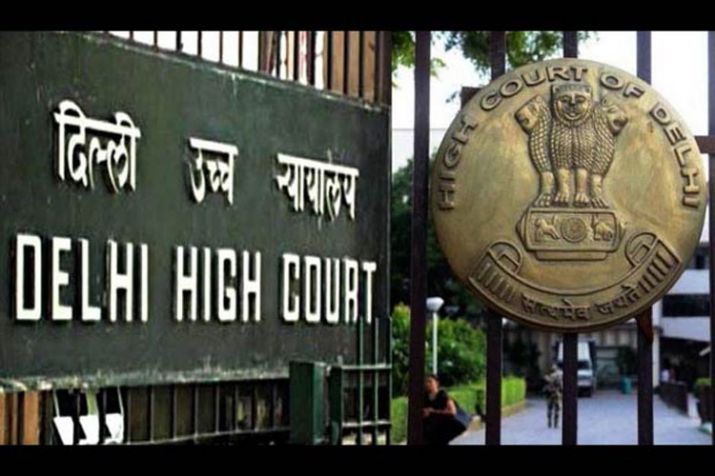New Delhi: A Public Interest Litigation (PIL) has been moved in the Delhi High Court seeking the introduction of a common syllabus and curriculum for children across the country, challenging certain provisions of the Right to Education (RTE) Act 2009.
With the plea, petitioner Advocate Ashwini Kumar Upadhyay was approaching the High Court following its dismissal in the Supreme Court.
Last Friday, a bench headed by Justice L. Nageswara Rao told the petitioner’s counsel that it is not keen on entertaining the plea and allowed Upadhyay to approach the high court.
As per the petitioner, the Central government inserted Section 1(4) and 1(5) of the RTE Act to deprive educational excellence to Madrasas, Vedic Pathsalas, and educational institutions, which impart religious instructions.
The plea further said the exclusion of the RTE Act on certain institutions was creating a religious impression on the children as eight to 16 years was a crucial age.
It also said sections 1 (4) and 1 (5) of the RTE Act are the biggest barriers in expounding the Constitution and the absence of a common curriculum in the mother language leads to the fostering and perpetuation of ignorance.
“The prevailing system does not provide equal opportunity to all children as the syllabus and curriculum vary for EWS, BPL, MIG, HIG and elite class. It is necessary to state that purposive and harmonious construction of Article 14, 15, 16, 21, 21 with Articles 38, 39, 46 of the Constitution which confirm that education is a basic right of every child and the state cannot discriminate the most important right,” said the plea.
“The hallmark of the compulsory education system is syllabus and curriculum which must be equally and uniformly applied across the board, so as to ensure conditions, in which each child are placed on an equal playing field, competent to take on the challenges of real-world and empowered to avail the opportunities which life offers in its myriad circumstances, equally,” it read.
IANS
